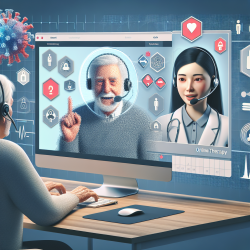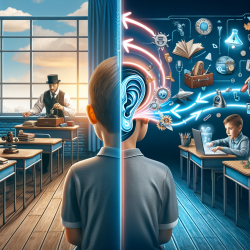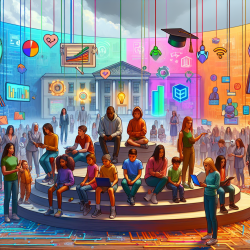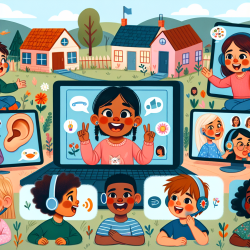The complexity of auditory processing is a fascinating field that continues to evolve with ongoing research. One such study, "Noise-induced hearing loss increases the temporal precision of complex envelope coding by auditory-nerve fibers," sheds light on how noise-induced sensorineural hearing loss (SNHL) affects auditory nerve fibers. This research provides valuable insights for practitioners aiming to improve therapeutic practices and outcomes for individuals with hearing impairments.
Understanding the Research
The study conducted by Henry, Kale, and Heinz (2014) utilized Wiener-kernel analyses to investigate changes in temporal envelope coding in auditory-nerve fibers due to noise-induced SNHL. By examining auditory-nerve fiber responses in anesthetized chinchillas exposed to broadband Gaussian noise, the researchers discovered that SNHL enhances the temporal precision of envelope coding by 20–30% and increases its amplitude by 50% in fibers with characteristic frequencies (CFs) from 1–2 kHz.
This enhanced coding precision may contribute to perceptual difficulties in individuals with SNHL. The exaggerated neural coding of fast envelope modulations can distract from more relevant acoustic cues, especially in fluctuating background noise environments. These findings underscore the importance of using real-world stimuli in sensory system studies to better understand and address these challenges.
Implications for Practitioners
For practitioners working with individuals affected by SNHL, these findings offer several actionable insights:
- Enhanced Temporal Precision: Understanding that SNHL can increase temporal precision suggests that therapies could focus on training patients to filter out irrelevant fast modulations while focusing on crucial speech cues.
- Real-World Stimuli: Incorporating more complex and dynamic stimuli into therapeutic exercises could help patients adapt better to real-world listening conditions.
- Focus on Relevant Cues: Therapies could be tailored to help patients identify and prioritize relevant acoustic cues amidst background noise.
Encouraging Further Research
The study highlights the need for further exploration into how these physiological changes translate into perceptual experiences and how they can be mitigated through targeted interventions. Practitioners are encouraged to stay informed about the latest research developments and consider collaborating with researchers to develop innovative therapy strategies.
To read the original research paper, please follow this link: Noise-induced hearing loss increases the temporal precision of complex envelope coding by auditory-nerve fibers.










